Soft furnishing is what makes a living space feel homey. The texture of the fabric provides comfort while the colors and patterns add value to an interior’s aesthetic. The right kind of material depends on your design choice as well as your lifestyle. Key factors such as durability, appearance, and price should be accounted for when choosing upholstery. A leather Eames chair, for instance, is best suited for a classy home study, whereas a polyester sectional is perfect for a family room where children and pets often spend their time. Once you’ve decided on the type of sofa and the style of the interior, the next step is to bring it all together with a suitable furnishing material. With the variety of fabrics available, getting familiar with each of them will allow you to make the best choice that resonates with your interior and matches your needs.
Cotton
In many households, cotton is the go-to choice for soft furnishing. You can find it in bedwear, drapery, and even towels. An ideal application for cotton is slip-covered sofas and sectionals.
Pros
Cotton is generally wallet-friendly, starting at $15 per yard. You can also find it in almost any color, making it a versatile option for pairing your sofa with decor. This material is also hypoallergenic, which is ideal for those with sensitive skin. Moreover, cotton is fade-resistant, breathable, and simply comfortable to the touch.
Cons
Cotton tends to get wrinkled rather easily, making it less ideal for furniture despite it being a popular option. Nevertheless, quick ironing can smooth out those wrinkles in no time. You may, however, want to keep dirt and stains away from your cotton upholstery.
Linen
An ideal choice for bed sheets, pillow covers, and cushions is linen. Its earthy texture makes it naturally elegant. Consider this material for slip-covered as well as scandi couches.
Pros
Due to its softness and ease of maintenance, this fabric makes for a perfect comforter. Moreover, linen allows for the affordability of intricate designs as it provides a variety of print fabrics.
Cons
One minor setback of this material is that it may shrink when washed — which might be an issue as it is known to be susceptible to stains. Another problem with linen is that it gets wrinkled easily. However, that might not be an issue because the wrinkles are believed to create a unique texture that is sought after by many. This fabric can also be slightly expensive, averaging at $30 per yard.
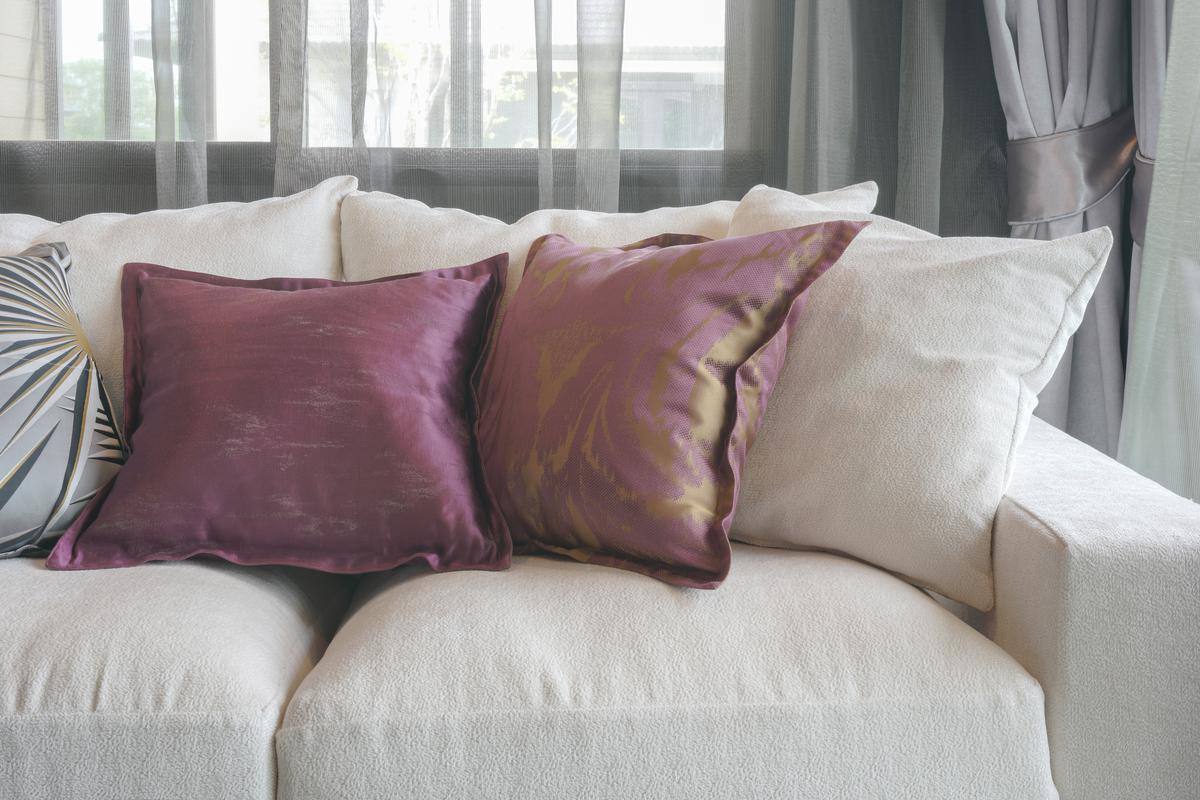
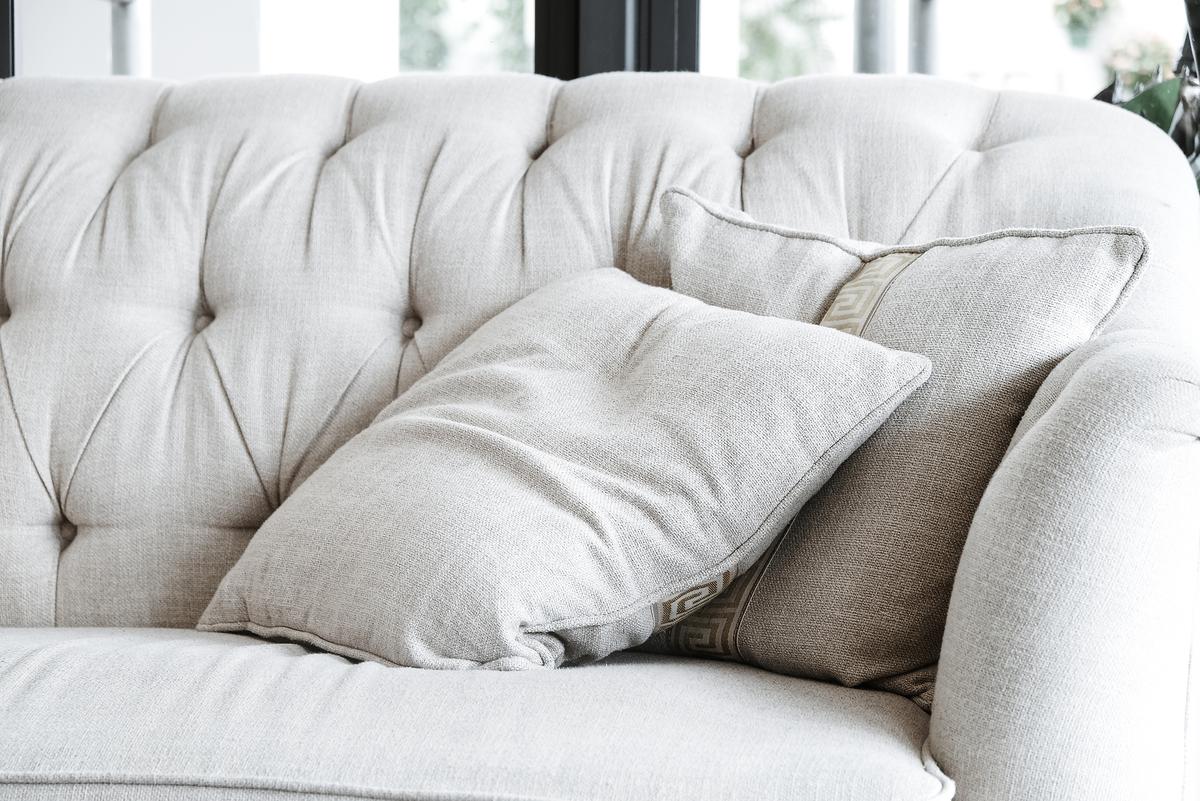
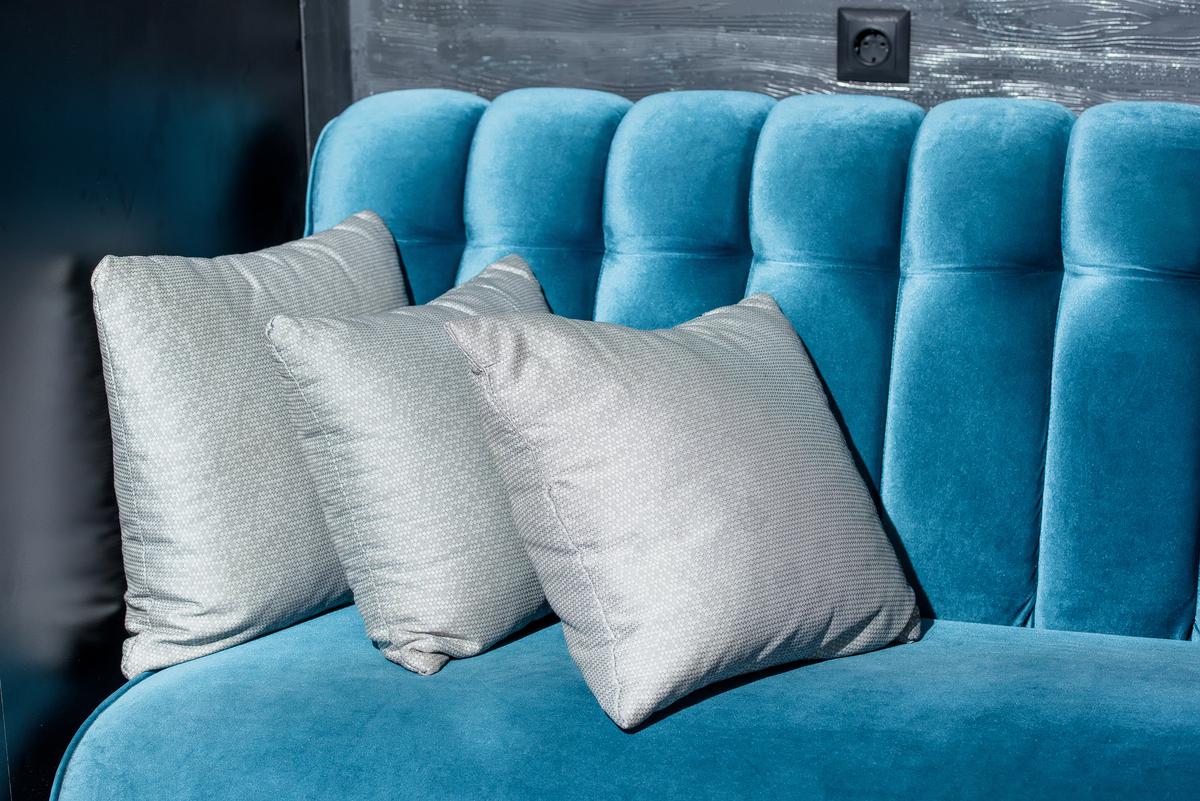
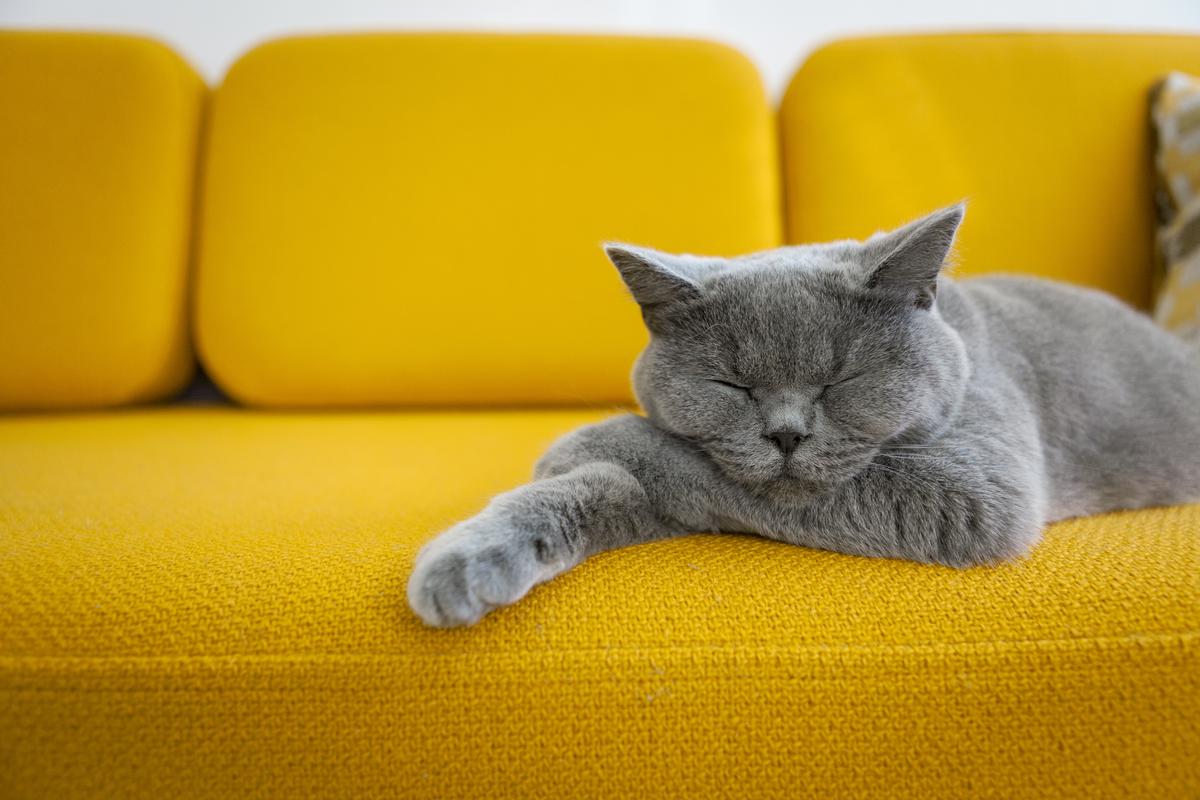
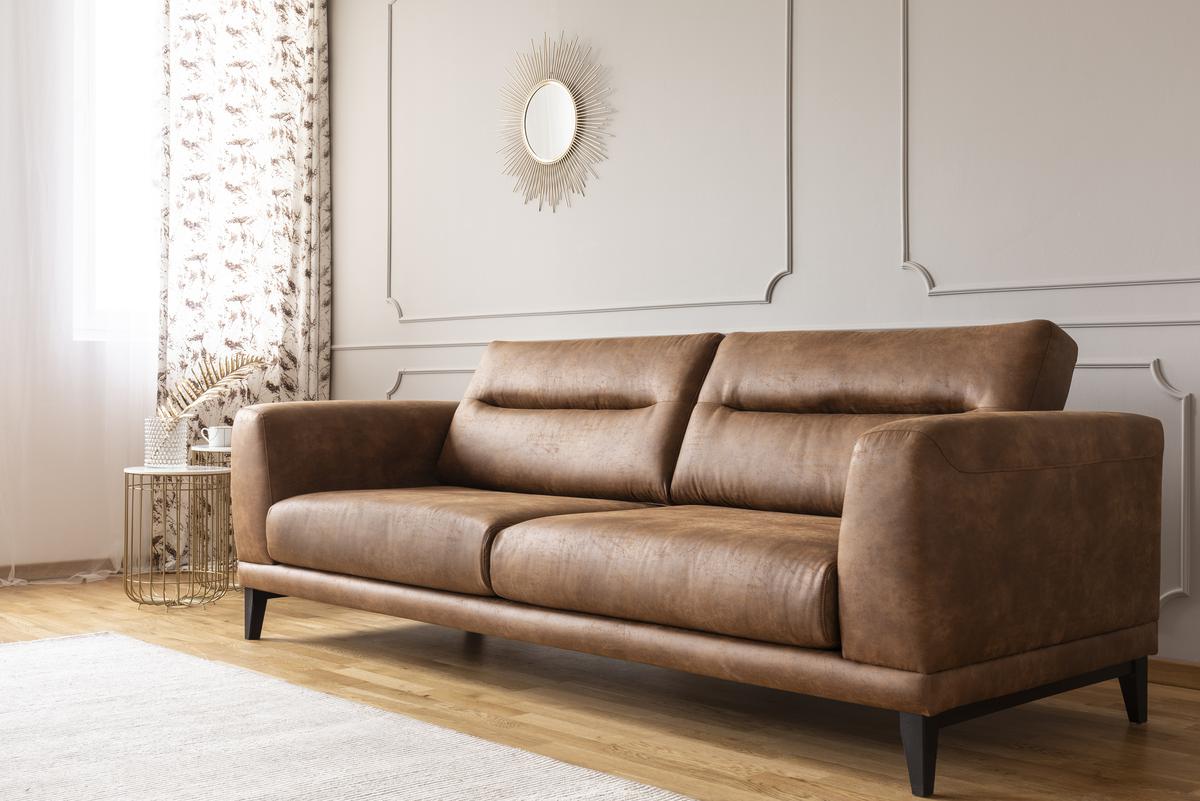
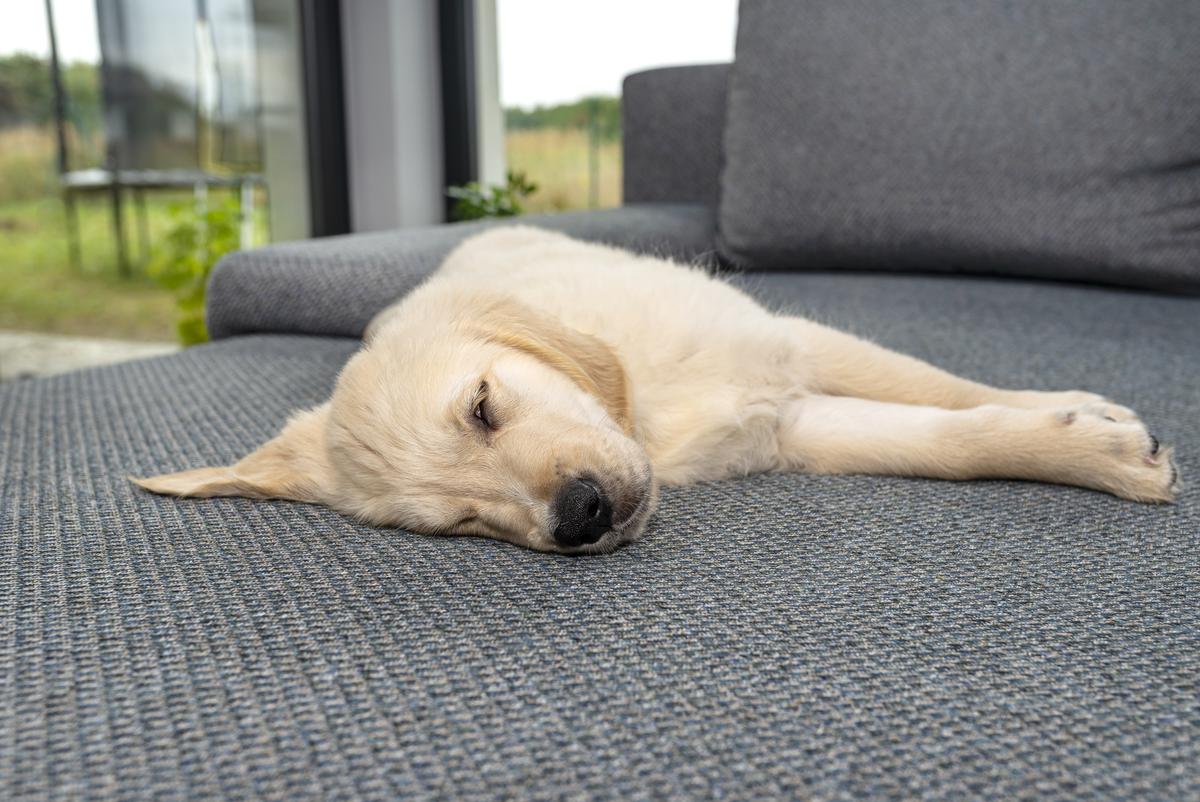
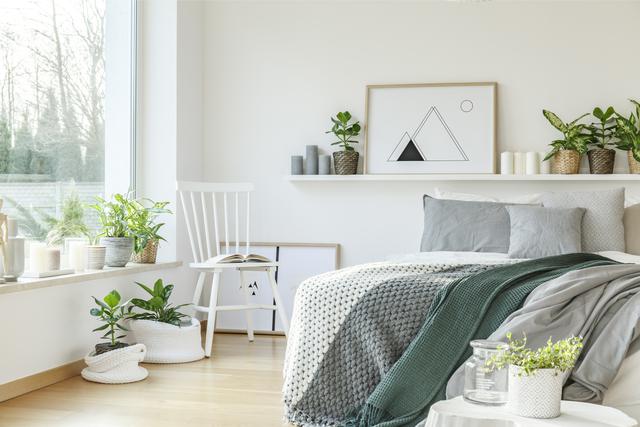



comments